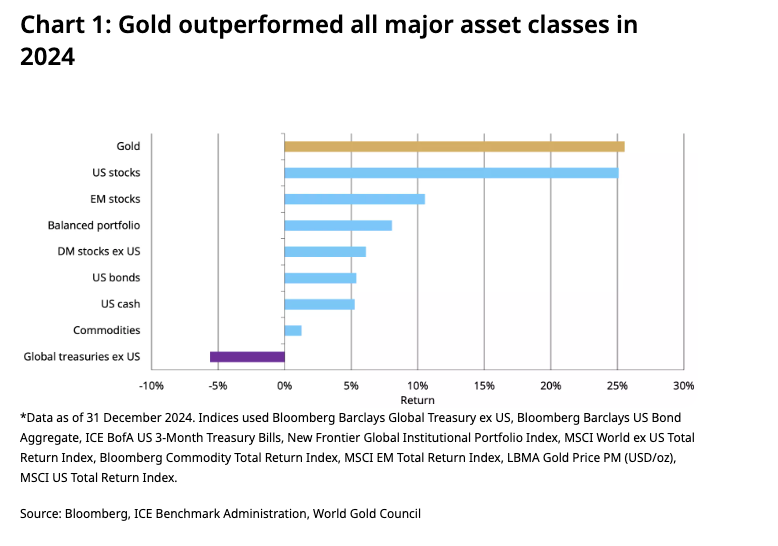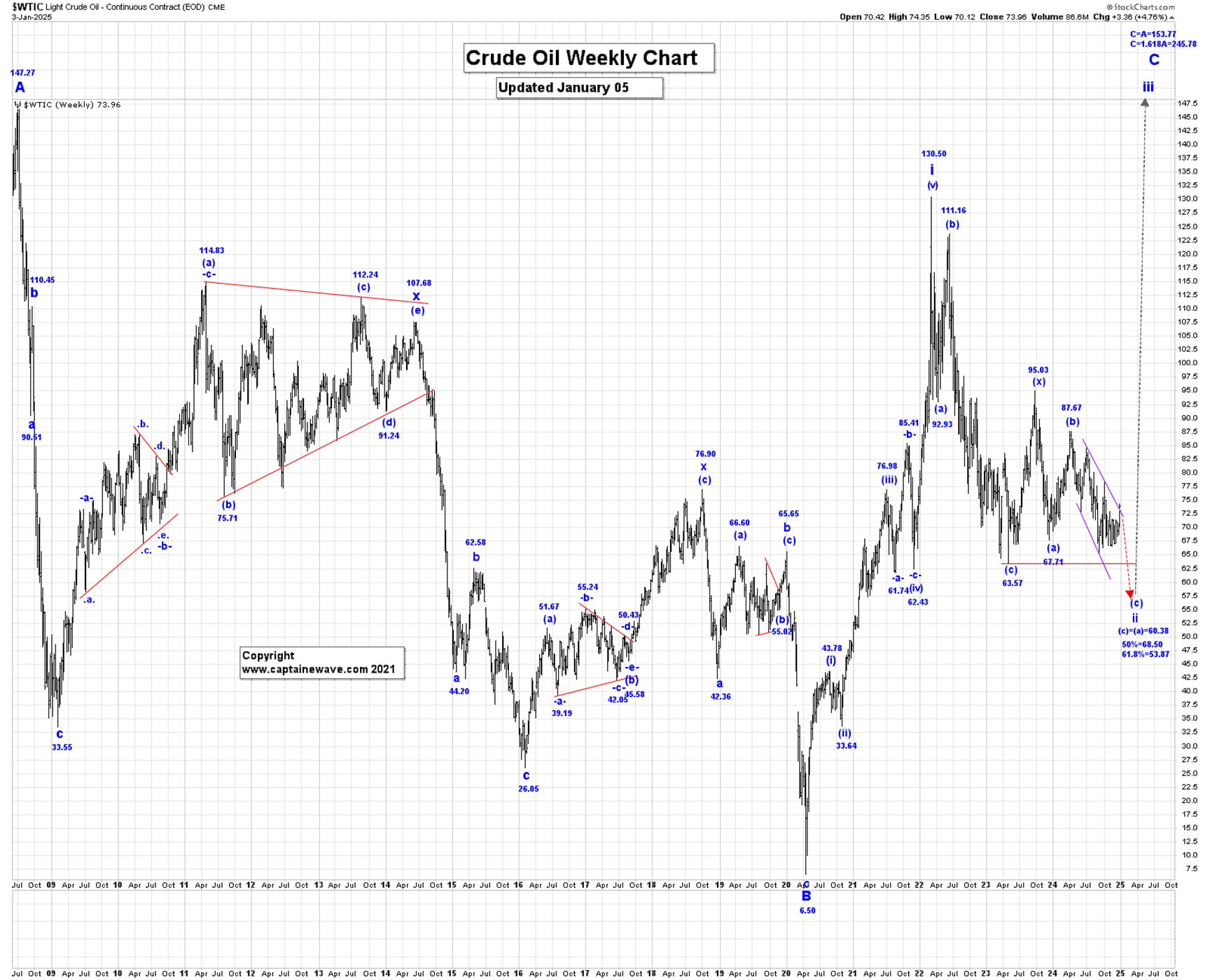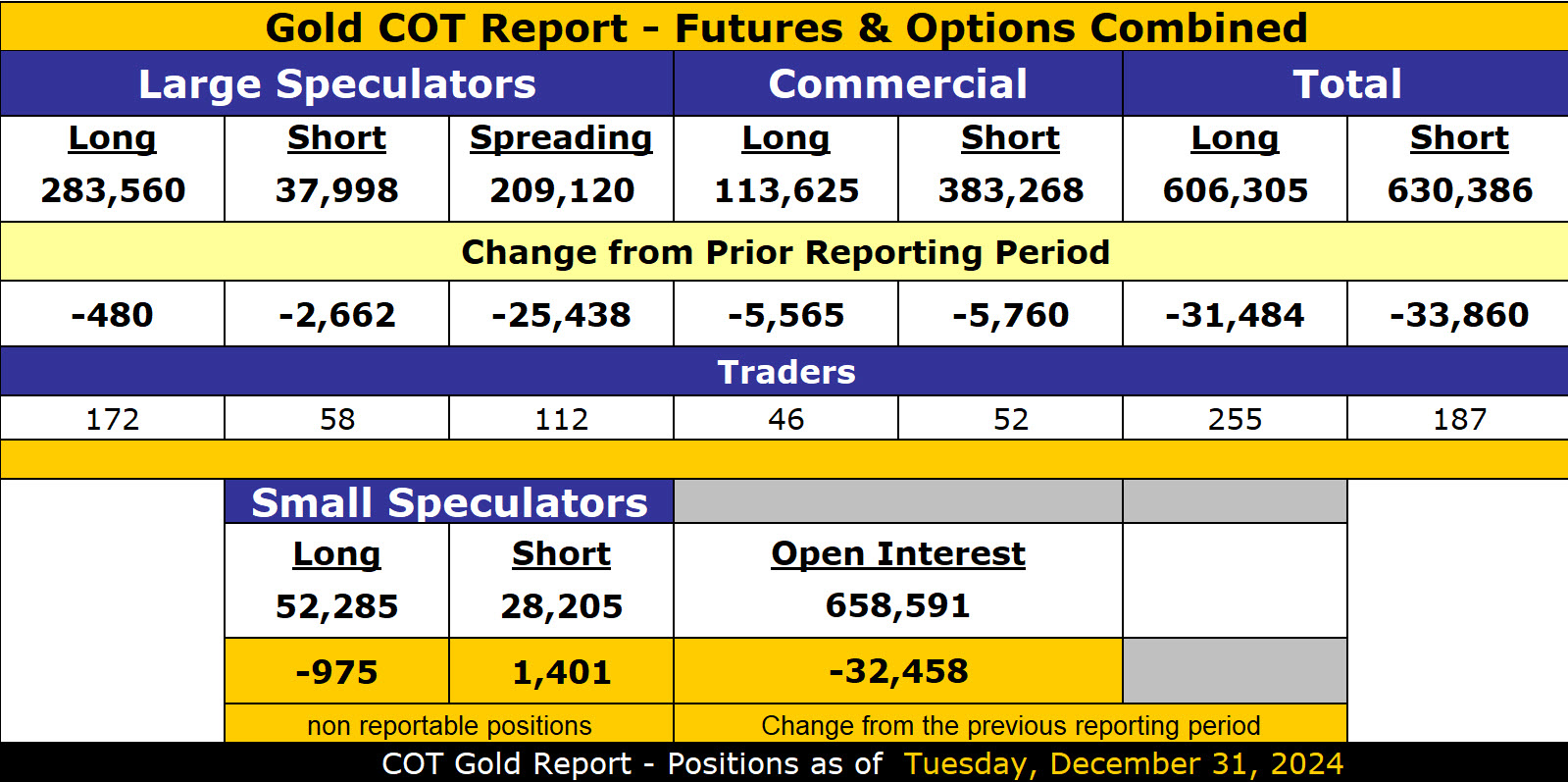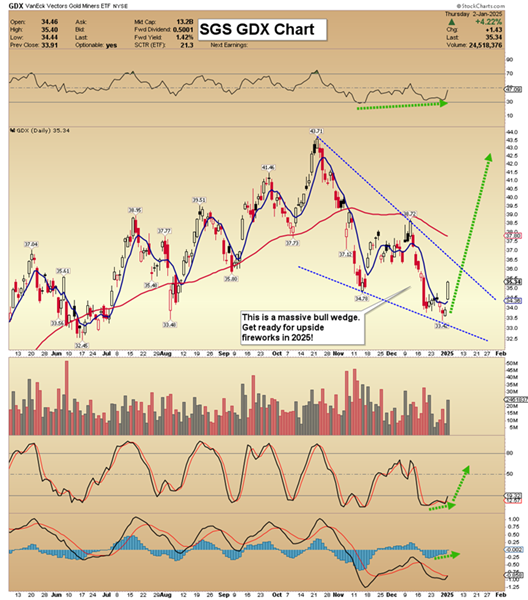Did you know gold is more plentiful than lead when you analyze the bulk composition of the earth?
You’re probably thinking, ‘Wait a minute, I thought gold was rare!’
Well, you’re right!
Confused?
Let me explain.
Most of Earth’s gold is locked up in the mantle, the thick, middle layer of the planet located between the crust and the outer core. Pure gold in the mantle tends to stay there. In other words, the gold is there, but it is inaccessible.
But some of the gold is constantly working its way to the surface where miners can reach it.
This process is something of a mystery, an international team of researchers has used mathematical modeling to reveal the specific conditions that lead to the enrichment of gold-bearing magma.
This information could help mining companies streamline exploration efforts and cut costs.
Exploration accounts for 10 to 20 percent of the costs associated with mining gold. Startups and junior miners allocate more toward exploration than larger, more established companies. As of the first quarter of 2024, the average cost of mining an ounce of gold was just under $1,500.
Here’s how Forbes summarized the findings:
“A specific kind of sulfur existing under a very specific set of pressures and temperatures as found at a depth of 50 to 80 kilometers (or 30 to 50 miles) beneath active volcanoes causes gold to be transferred from the mantle into magmas that eventually move to the Earth’s surface.”
In a nutshell, when gold in the mantle is exposed to a fluid containing sulfur, the gold bonds to the sulfur molecules, creating a gold-tri sulfur complex. This compound is highly mobile in molten sections of the mantle and can be driven to the surface by geological activity such as volcanoes.
This activity is prominent in what are known as “subduction zones,” areas where one tectonic plate is diving under another.
“On all of the continents around the Pacific Ocean, from New Zealand to Indonesia, the Philippines, Japan, Russia, Alaska, the western United States, and Canada, all the way down to Chile, we have lots of active volcanoes. All of those active volcanoes form over or in a subduction zone environment. The same types of processes that result in volcanic eruptions are processes that form gold deposits,” study co-author Adam Simon said.
“These results provide a really robust understanding of what causes certain subduction zones to produce very gold-rich ore deposits. Combining the results of this study with existing studies ultimately improves our understanding of how gold deposits form and can have a positive impact on exploration.”
According to the World Gold Council, an estimated 212,582 tonnes of gold have been mined throughout history. If every ounce of this gold was melted into a cube, it would only measure around 22 meters on each side.
The U.S. Geological Survey estimates there are about 50,000 tonnes of minable gold in the ground.
So, while gold is plentiful in the earth, it is extremely rare at ground level. That scarcity is one of the characteristics that makes gold so valuable.
Read the full article here












Leave a Reply